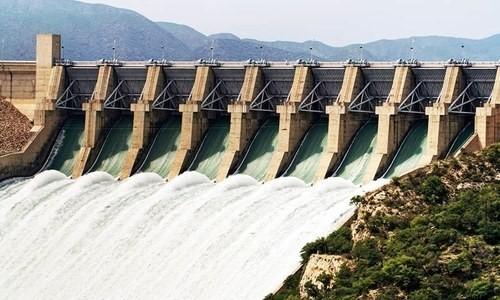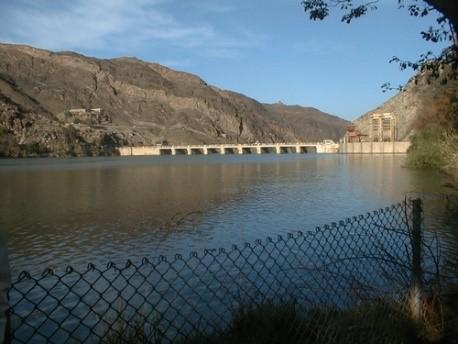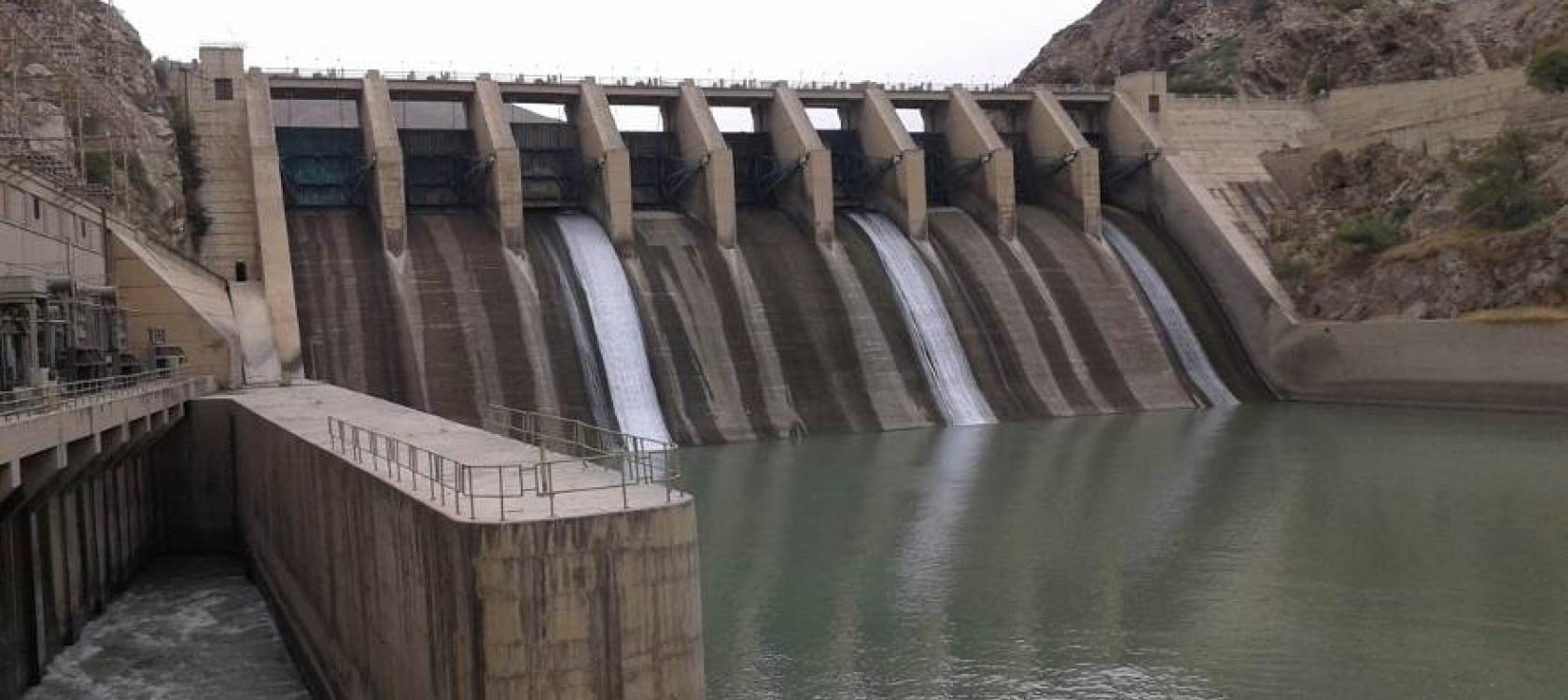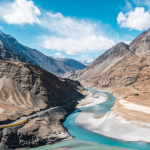Warsak Dam Peshawar: Powering Progress and Prosperity
Warsak Dam Peshawar, a monumental engineering marvel, stands proudly as a symbol of Pakistan’s progress and sustainable development. This impressive structure is located on the Kabul River and has significantly contributed to the country’s water management and energy generation.

In A Glimpse
The majestic and picturesque concrete body Hydroelectric dam of Warsak on the Kabul River, which became operational in 1960, lies about 20 kilometers northwest of Peshawar KPK.
Irrigation for food crops and fruit orchards in the Peshawar valley is provided by the Warsak multipurpose project on the Kabul River, about 12 miles (19 kilometers) northwest of Peshawar. Peshawar is the best spot to come with your family in the lovely Pakistani province of Khyber Pakhtunkhwa.
Warsak Dam History
It has six turbines and is designed to produce 243 MW of power. It was built under the Colombo plan. The dam is 460 feet long and 250 feet tall, with a water surface area of over 10 square kilometers.
The Canadian government funded and finished the Warsak Dam in two parts. The dam was constructed in the first phase, completed in 1960. In 1960, irrigation tunnels were finished, and four power-generating units were installed, each with a capacity of 40 MW and a 132 kV transmission system.
In the second phase, two more producing units with a combined capacity of 41.48 MW were built in 1980-81.
A rehabilitation plan in collaboration with Pakistan is in place with Germany, France, and the European Union. According to WAPDA, this is the second time Warsak hydroelectric power station renovation was planned.
The rehabilitation aims to overcome several problems, including regaining the capacity lost with reliable annual energy generation, upgrading and modernization of the old system, and achieving another life cycle of 30 to 40 years for the Warsak dam.

Warsak Dam Weather
The weather surrounding Warsak Dam location varies throughout the year, influenced by the region’s climate and seasonal patterns. Located in Pakistan’s Khyber Pakhtunkhwa province, the dam experiences distinct weather conditions that impact its operations and surrounding areas.
During the summer months, Warsak Dam encounters hot and dry weather. Temperatures can soar, often reaching high levels, particularly during the daytime. The hot weather increases evaporation rates, affecting the water levels in the reservoir. To counteract this, effective water management strategies are implemented to ensure a steady water supply for various purposes, including irrigation and electricity generation.
In contrast, the winter season brings cooler temperatures to the region. Cold weather and occasional fog can affect visibility near the dam. While the temperatures drop, the water flow in the river tends to increase due to snowmelt from higher altitudes. This increased water flow can lead to higher reservoir levels, requiring careful monitoring and management to maintain optimal conditions.
Warsak Dam also experiences a monsoon season like many areas in the region. Typically occurring from July to September, this period brings heavy rainfall to the site. The monsoonal rains replenish the reservoir, helping to maintain adequate water levels for the dam’s operations. However, excessive rain can pose challenges, such as increased sedimentation and the need for flood control measures.
It is worth noting that the weather conditions surrounding Warsak Dam can directly impact the dam’s water storage, electricity generation, and overall efficiency. Effective monitoring, forecasting, and adaptation strategies are implemented to ensure optimal dam resource utilization while mitigating weather-related risks.
How to Access Warsak Dam?
Accessing Warsak Dam is relatively straightforward, and multiple modes of transportation are easily available to reach the dam. Here’s a guide on how to access Warsak Dam:
By Air
The nearest airport to Warsak Dam is Bacha Khan International Airport in Peshawar, approximately 30 kilometers away. You can even hire a taxi from the airport or use ride-hailing services to reach the dam.
By Road
Warsak Dam is well-connected by roadways. If traveling from Peshawar, you can take the Peshawar-Torkham Highway and continue on Warsak Road until you reach the dam. Alternatively, you can use GPS navigation systems or online maps for the most accurate directions from your location.
Public Transportation
Public buses and vans operate regular routes to Warsak Dam from Peshawar and nearby towns. You can inquire about public transportation options at the nearest bus terminal or ask locals for guidance.
Private Vehicle
If you have your personal vehicle, you can drive to Warsak Dam. The roads to the dam are well-maintained, and parking facilities are available near the dam area.
Once you arrive at Warsak Dam, there may be designated entry points or checkpoints where you must register or obtain permission, depending on the specific regulations. Before your visit, you should check with the local authorities or the dam administration regarding any entry requirements or restrictions.
Remember to adhere to safety guidelines and any instructions provided by the dam authorities during your visit. Respect the dam’s infrastructure, follow designated pathways, and avoid venturing into restricted areas for your safety.
With these guidelines in mind, accessing Warsak Dam should be straightforward, allowing you to appreciate the magnificent structure and its surroundings.

Activities at Warsak Dam
The road to the destination is suitable and safe, with plenty of hotels, shops, and other amenities along the way. The dam is a fun activity for youngsters because they can see the spillways and power plants. For its rehabilitation, Germany, France, and the European Union will collaborate with Pakistan.
Warsak Dam is great for boating, fishing, and sightseeing. There is also a rest house where you can relax and enjoy the dam’s scenery.

Warsak Dam Flood Control System?
Warsak Dam has flood control mechanisms to manage and mitigate the impact of potential floods in the region. The dam’s design includes spillways and gates that can be opened to release excess water during periods of heavy rainfall or high water inflow.
During the monsoon season or in the event of heavy rains, if the water levels in the reservoir rise to a critical level, the dam operators closely monitor the situation. They may open the spillways to discharge the excess water. This controlled release helps prevent the dam from overtopping and reduces the risk of downstream flooding.
The authorities responsible for managing Warsak Dam, such as Pakistan’s Water and Power Development Authority (WAPDA), have well-defined flood management protocols. They closely monitor weather conditions, water inflow, and reservoir levels to make informed decisions regarding water release from the dam.
Additionally, downstream areas are equipped with flood warning systems, including sirens and early warning mechanisms, to alert residents about potential flooding. Local authorities coordinate with the dam operators to ensure the timely dissemination of flood-related information and the implementation of necessary evacuation measures if required.
FAQs
Warsak dam is on which river?
Warsak Dam is situated on River Kabul. The Kabul River is indeed a major river in the Khyber Pakhtunkhwa province, flowing through the region and eventually merging with the Indus River. Warsak Dam harnesses the flow of the Kabul River to provide water storage and electricity generation for various purposes.
Where is Warsak Dam located?
Warsak Dam is located in the Khyber Pakhtunkhwa province of Pakistan. It is situated approximately 20 kilometers northwest of the city of Peshawar. The dam is positioned on the Kabul River, a significant regional river.
What is the purpose of the Warsak Dam?
Warsak Dam serves several purposes, including irrigation, flood control, hydroelectric power generation, and also water supply.
How much electricity is generated by Warsak Dam?
The installed capacity of the Warsak Dam hydroelectric power station is 240 megawatts (MW), and it generates around 1,500 gigawatt-hours (GWh) of electricity annually.
Is Warsak Dam a tourist attraction?
Warsak Dam has become a popular tourist attraction due to its scenic surroundings and the opportunity to engage in recreational activities like boating and fishing.



